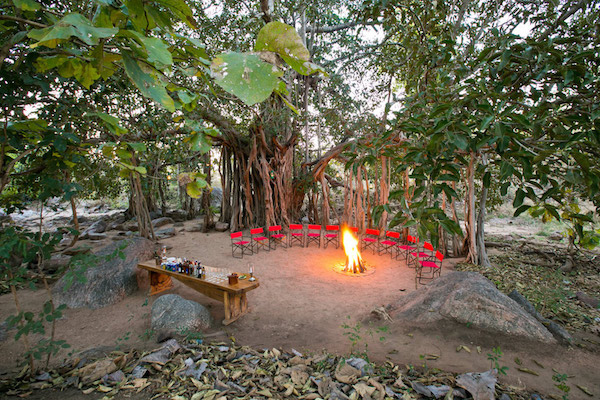There are few experiences more magical than seeking out the majestic tigers in the Indian jungles. In this land that once inspired Rudyard Kipling’s jungle book, there are 1400 big cats spread over 40 national parks in which you can go for tiger spotting. This makes the decision to where to go for tiger safari rather difficult. Our experts well understand that. Using our experience, local knowledge and tips from our naturalists friends in Indian jungles, we recommend below five jungles where you are likely to get better opportunities for a rewarding Indian tiger safari experience.
Best time to visit
Most national parks in India open from October and June with the exception of parks like Tadoba and Kabini. However, the best time to see the tigers in India is from February to April. During this time of the year, temperatures begin to climb so tigers start to gather at watering holes. There’s less foliage as the weather is dry, so it’s easier to spot them. As temperatures don’t become sweltering until May, these are also the pleasant months of the year to be out in the open. From mid-April through May and June, temperatures are extremely hot, so it’s best to avoid travelling during these months.
Key to likelihood of seeing tigers
High: a good chance of seeing tigers over four to five game drives
Good: a reasonable chance of seeing tigers over four t five game drives
Low: you are less likely to see tigers but good chance for other wildlife
Bandhavgarh National Park
Likelihood of seeing tigers: High
Located in central India in the state of Madhya Pradesh, Bandhavgarh is home to the highest density of Bengal tigers in the world. This park is home to more than 50 tigers. Therefore, it is one of the most popular national park for tigers safaris in India. In addition to the tigers, you may also spot sloth bears, spotted deer, wild boar, dholes (Asian wild dogs), Indian bison and even Indian wolf. Bird enthusiasts too will feel at home here as the forest is home to more than 150 species of the birds. Rugged hills surround this park covered with thick Sal forests. The core area of the park is around 105 square km and around it there are several forest areas acting as a buffer zones. As a result, there is a wonderful variety of habitats within the park.
Insider tip: Whilst there take a trip to the Bandhavgarh Fort which is thought to be more than 2000 years old. This fort is perched on a high cliff overlooking the Vidhyan Mountains.
Where to stay: Kings Lodge, Samode safari lodg
Ranthambore National Park
Likelihood of seeing tigers: High
Located in Rajasthan, this park is North India’s natural wonder. Once the hunting grounds of Maharaja of Jaipur, this park covers 390 square kms of dense jungle and ancient temple ruins. Following dedicated conservation efforts, the park managed to revive its dwindling tiger population and is now home to over 40 tigers. Ranthambore’s charms don’t stop at tiger spotting, the atmosphere here is magical too. The 10th century Ranthambore Fort sits at the centre of the park and is a favourite hangout for langurs and monkeys. And quite often tigers and leopards can be spotted here too. The fort is also an excellent spot for bird watching. Its close proximity to Jaipur and Agra, Ranthambore Park can be easily routed into the famous Golden triangle tour.
Insider tip: There are three lakes at the park; Padam Talao, Raj Talao and Milak Talao, where wildlife often tends to gather. Tigresses and cubs are often spotted in the Bakaula area, as it has dense forest cover and small watering holes.
Where to stay: Oberoi Vanyavilas, Khem Vilas










 Expertise
Expertise Quality trips honestly priced
Quality trips honestly priced Environmentally friendly trips
Environmentally friendly trips Freedom and choice
Freedom and choice Go beyond ordinary
Go beyond ordinary









